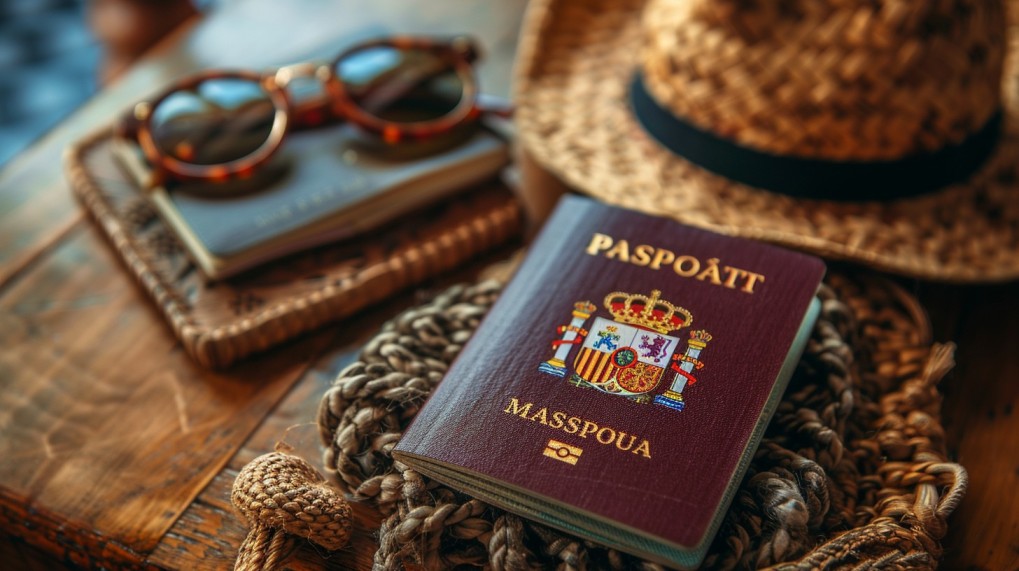A few years ago, I found myself sinking into a constant state of worry.
The kind of worry that lingers in the back of your mind all day, that tugs at your chest and keeps you awake at night.
It all started when I lost my job unexpectedly.
Then came financial instability, followed by conflict in a close relationship.
Meanwhile, the world outside felt increasingly uncertain, with bad news showing up on my phone every hour.
I felt overwhelmed, stuck, and scared. Anxiety became my uninvited roommate.
But here’s the good news: I didn’t stay in that dark place.
Through trial and error, I discovered some truly effective ways to cope.
And today, I want to share the 7 powerful techniques that helped me manage my anxiety and reclaim my peace of mind.
1. I Learned to Give Myself a Break
At first, I didn’t realise how important it was to simply pause.
I used to push through every stressful moment, thinking that rest was a luxury.
But the truth is, it’s a necessity.
Whenever I feel anxiety creeping in now, I stop.
I step back—sometimes for just a few minutes—and allow my mind and body to breathe.
This might look like taking a walk through a nearby park, practising a few minutes of deep breathing, or just sitting quietly with my eyes closed.
Some days, I meditate. Other days, I turn to prayer.
And on the toughest days, I blast my favorite playlist, letting the music pull me away from my swirling thoughts.
Even a 10-minute nature walk, a cup of herbal tea, or massaging my shoulders with essential oils can make a difference.
The point is to create space between myself and my stress.
2. I Started Fueling My Body Right
There was a time when I skipped meals, ate sugary snacks out of convenience, and drank way too much caffeine.
I didn’t realise how much this was affecting my mental health.
I’ve since made a conscious effort to eat a balanced diet.
I aim for meals rich in whole grains, fruits, veggies, and proteins.
I limit my intake of processed foods, sugar, and salty snacks.
When I nourish my body well, my mind feels calmer and more stable.
I also keep quick, energy-boosting snacks on hand—like nuts, dates, or a glass of fresh juice—especially on days when I feel drained.
Skipping meals used to trigger my anxiety, so now I treat mealtime as a form of self-care.
3. I Made Sleep a Priority
Before, I used to scroll endlessly at night, lying in bed with racing thoughts and a restless heart.
However, I’ve come to realise that quality sleep is a cornerstone of mental wellness.
Now, I aim for 7–8 hours of uninterrupted sleep every night.
I shut off electronics an hour before bed, lower the lights, and sometimes play calming sounds or music.
This consistent bedtime routine has not only helped me sleep better, but it’s also improved my mood, memory, and energy throughout the day.
When I sleep well, I’m better equipped to face whatever life throws at me.
4. I Moved My Body
You don’t need a gym membership to benefit from physical activity.
I began with just a 15-minute walk each day. That’s it.
It didn’t seem like much, but I quickly noticed how walking outside lifted my mood.
I felt lighter, clearer, and more grounded.
Now, I try to get some kind of movement every day—whether it’s a brisk walk, stretching, dancing to my favorite music, or a quick yoga session on YouTube.
Exercise helps pump oxygen into my lungs, strengthens my heart, and reduces stress hormones like cortisol.
More than that, it reminds me that I’m strong, capable, and alive.
5. I Worked on My Mindset
Anxiety often thrives in negativity.
I used to replay painful memories, worry about the future, and drown in self-doubt. However, I’ve learned to train my brain to focus on the positive.
One tool that’s helped tremendously is journaling.
Every morning, I write down a few thoughts or feelings—no judgment, just honesty.
Sometimes I even write affirmations or things I’m grateful for.
This small act helps me clear my mental clutter.
I also challenge negative thoughts. When a worry pops up, I ask: Is this really true?
Is there a better way to look at this?
I try to replace each negative thought with two positive ones.
Staying in the present moment is a big part of this practice.
Regret lives in the past, fear lives in the future—but peace lives in the now.
6. I Found Healing in Helping Others
Volunteering wasn’t something I originally sought out for anxiety relief, but once I tried it, the results were undeniable.
Whether I was helping at a food bank or simply supporting a friend in need, giving back made me feel fulfilled.
It gave me purpose, built my confidence, and helped me realise I wasn’t alone in my struggles.
Helping others reminded me that I mattered.
That even in my pain, I could still make a difference. That kind of realisation is deeply healing.
7. I Paid Attention to My Triggers
Anxiety doesn’t just show up out of nowhere.
It often has a trigger—something that sparks the spiral.
I began to observe my patterns closely.
Was it a certain person? An overwhelming work deadline? The news?
Or perhaps scrolling through social media too much?
Once I identified my triggers, I learned to manage them.
I started setting boundaries with toxic people.
I limited my exposure to negative media. I planned my work in smaller, manageable steps.
Most importantly, I stopped ruminating on pain.
Instead of staying hurt, I focused on what I could learn.
I asked myself: What is this trying to teach me?
That shift changed everything.
Final Thoughts
Coping with anxiety is not about eliminating all stress from your life—it’s about learning how to respond to it in healthier, more compassionate ways.
Each of the seven techniques I’ve shared has helped me rebuild my peace, one day at a time.
They’re not magic fixes.
They’re gentle tools—available to anyone, no matter how messy life gets.
If you’re reading this and struggling with anxiety, know that you’re not alone.
Your feelings are valid. But so is your strength.
Try one strategy. Then another.
Be patient with yourself. Healing is a journey, not a race.
And remember: you are more than your anxiety.





[…] My anxiety dipped (science says the brain LOVES […]